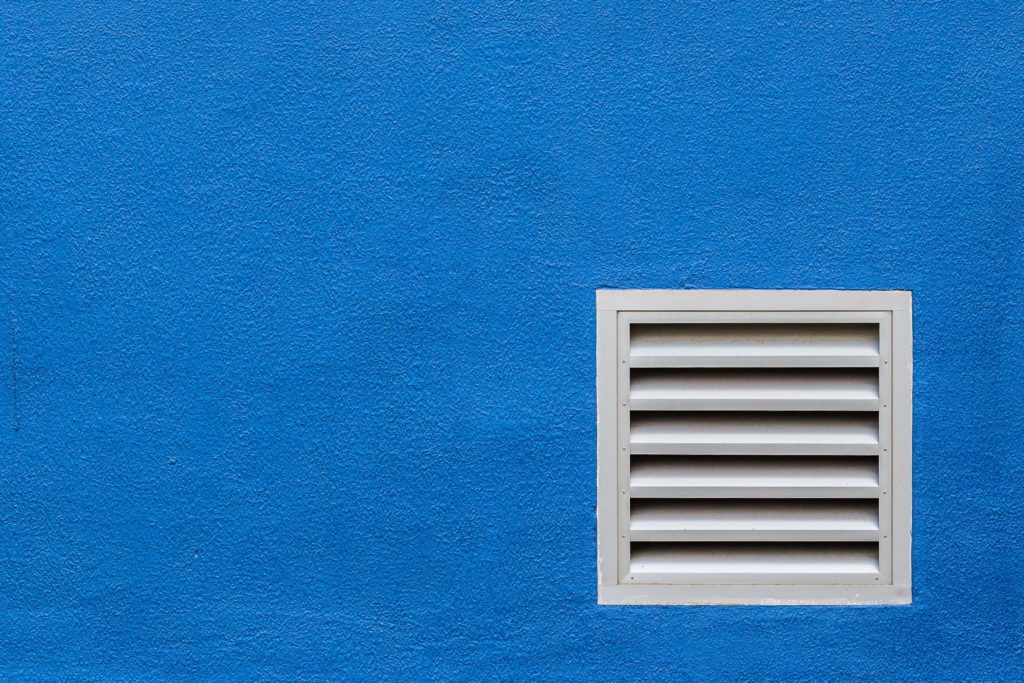Average Americans spend nearly 90% of their time indoors. For the infants, the elderly and the urban residents, this percent of time is likely to be higher. Studies show that indoor air pollution can be two to fives times to sometimes 100 times higher than outdoor air pollution. This puts the citizens to a greater risk of contracting various diseases from indoor air pollutants. In fact, the US Environmental Protection Agency, EPA ranks poor indoor air quality one among the top five public health risks. Common diseases and symptoms associated with poor indoor air quality are:
- Asthma
- Allergy
- Headaches
- Breathing Difficulties
- Dizziness
In schools, colleges and offices, discomforts from poor indoor air quality promotes absenteeism and loss of working days. Maintaining proper indoor air quality is, therefore, very important for health and productivity. The Heating, Ventilation and Air Conditioning (HVAC) system of a building plays a crucial role in maintaining proper ambience and quality of indoor air. The efficiency of the system in terms of maintaining good indoor air quality and saving energy depends to a large extent on the HVAC Air Filters and their effective functioning. This is making the market demand of the HVAC Air Filters increase steadily and reports indicate that this market is expected to grow with a compound annual growth rate of 4.7% till 2011, posting sales past the $1 billion dollar mark by that time.
There are many types of HVAC Air Filters in the market. The commonly used ones are:
- Automatic Roll Filters
- Disposable Panel Filters
- Pleated Filters
- Medium and High Efficiency Bag Filters
- Mini Pleated Filters
- Rigid Cell Filters
- Bulk Media and Pre-cut Pads
Filter efficiency is usually the determining factor in deciding the choice of HVAC Air Filters. How well the filter removes the contaminants determines the efficiency of the filter. To keep the lint and dust from clogging the heating and cooling coils of an HVAC system, low-efficiency filters are mostly used. For removing bacteria, pollen, soot and other small particulates, the medium and high efficiency filters are generally used. The medium efficiency pleated filter is most commonly used in buildings. It effectively removes particles that contribute to most of the indoor air quality problems. They do not clog as frequently as the high efficiency filters, as these high-efficiency ones have greater affinity for airborne particles and get clogged quickly. Modern filters use synthetic media comprising thermally bonded, continuous hydrophobic polyolefin fibers that are moisture resistant and thus resist bacterial growth. They also resist shedding and thus keep away shed fibers from the HVAC Coils and the air that we breathe. There are some set industry standards for HVAC Air Filters. Apart from checking into these features, you must look into the aspects of moisture resistance, temperature compatibility and flammability before selecting the HVAC Air Filter. For best results, you must ensure proper maintenance of the Air Filters and keep the HVAC ductwork clean. Filters should be changed at specific intervals and the replacement and maintenance specifications of the manufacturing company should be adhered as far as possible.

